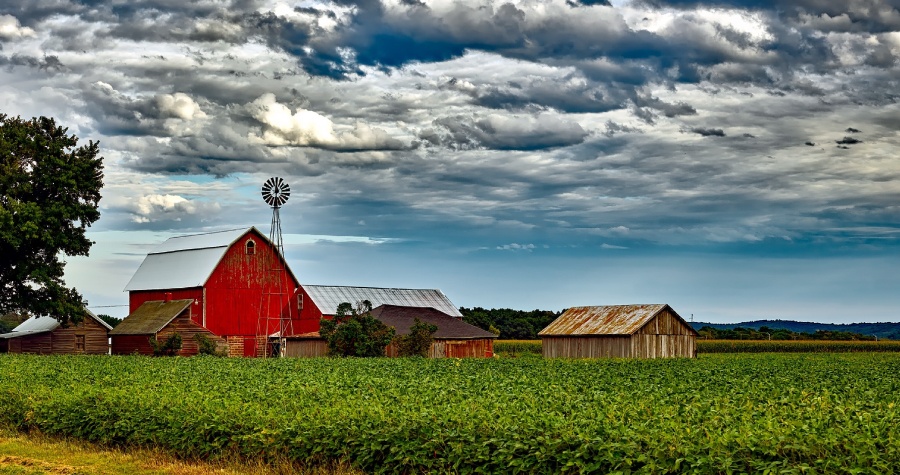
Life in rural communities offers multiple benefits, driving Millennials, families, and individuals to seek a new, peaceful existence. While a common perception is Millennials prefer to choose a life in the city, some are making the move to areas with fewer populations. According to Wells Fargo, a higher quality of life and greater affordability are the main reasons why Millennials choose to live in rural communities. Improved quality of life and a lower cost of living are undoubtedly why many move to or stay put in a rural area.
Quality of Life
Characteristics such as less noise, more space and privacy, and personal bonds stand out as appealing for many who have made the switch to rural living. Lower crime rates, access to nature, and a slower pace contribute to less stress. A calmer environment and less congestion have positive effects on a person’s well-being, according to Kimberly Neumann of realtor.com.

Studies in the U.S. and Canada on what contributes to happiness in communities revealed the following factors:
- Smaller population density
- Shorter commutes
- Experiencing a sense of community
- Living in the area for five or more years
Those who live in less populated areas are more likely to experience support from fellow residents, friendliness from others, and togetherness, according to John Darwin of the Nebraska Manufacturing Advisory Council. The resilience and physical isolation of rural residents could lead to higher levels of compassion. Physical isolation could also lead to the need to make more personable contact with neighbors.
Cost of Living
Besides a better quality of life, affordability ranks as one of the top reasons to love rural communities. First, it is more common for residents to own their homes due to lower average prices. However, housing costs are not the only expense that can be less. The cost of groceries, insurance, utilities, and taxes can all be less expensive than in urban areas.
Although this may be the general case, cost of living averages can vary between different rural communities. The cost of living in one rural city in a certain state could average out to be the same as the cost of living in a suburban area in a different state.

Affordability also contributes to lower stress levels. Millennials who have moved to rural areas have found that greater affordability has created opportunities to become entrepreneurs, give back to communities, and get involved in local leadership initiatives, according to Wells Fargo.
Living in rural communities poses challenges, but the advantages over living in the city can be a welcome change for some. Community spirit and support for fellow residents are some of the reasons why Viaero loves operating in rural areas. From our local stores, customer care and corporate offices to our network of tower cameras, we recognize the value the rural lifestyle brings to the American landscape.
Learn more about how we serve the unique wireless technology needs of rural Colorado, Nebraska, Kansas, and Wyoming.
What do you value the most about living in a rural community? Connect with us below!
